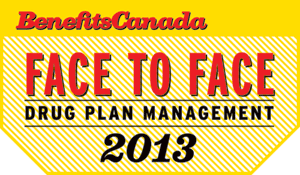
The world of pharmaceuticals is changing.
New, more effective medications are replacing older ones, more biologic treatments are being developed, advances are being made in treating catastrophic illnesses, and drug patents are expiring resulting in more and more generic alternatives becoming available.
Canada’s population is changing, too. Our aging population means an increased demand for medications for high blood pressure and chronic diseases, including cardiovascular disease, cancer and arthritis.
This changing landscape means that employers need to manage their drug costs effectively and understand their return on investment. “But they must also weigh savings against the needs of our population and their quality of life,” said Farzad Ali, director of health outcomes and research with Pfizer.
Attendees at the Benefits Canada 2013 Face-to-Face Drug Plan Management Forum in Toronto on Wednesday heard from experts from a variety of fields that the issues facing drug plan managers are not primarily those involving rising costs.
“Canada is starting to lag in pharmaceutical innovation,” said Louis Thériault, director, health economics at the Conference Board of Canada. “We need a new dialogue to find the right business model to foster pharmaceutical innovation for the sake of the patient in a fiscally conservative environment.”
Look for a full report on the event in the February 2014 issue of Benefits Canada.
